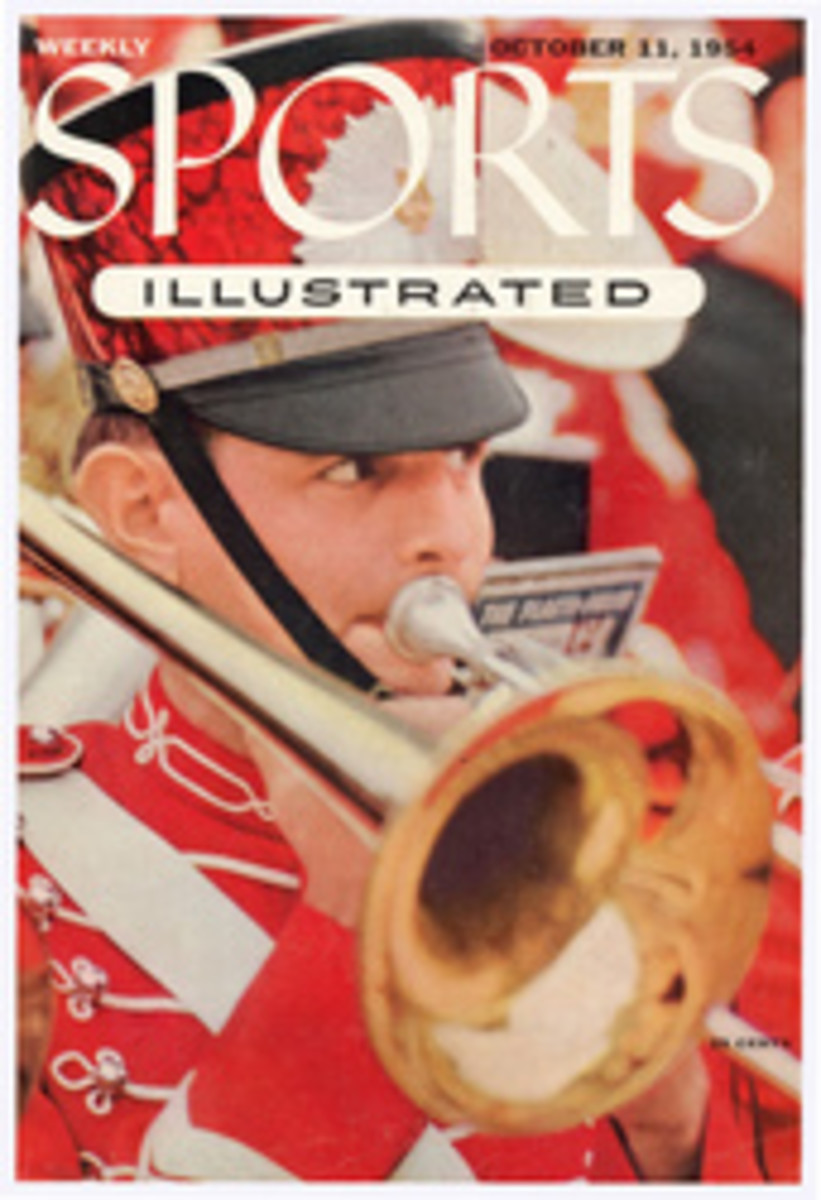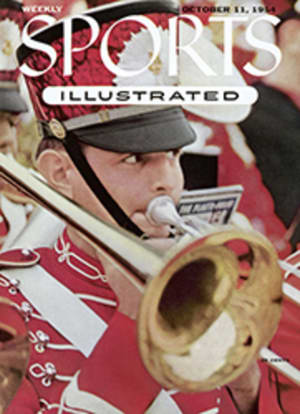
THE BOATS HAVE THEIR DAY
It isn't often that a sailboat gets a chance to win a race purely on her own. Racing in classes or under handicaps, the skill of the skipper usually wins the decision. But recently, on the classic waters of Long Island Sound, the sailboat had her day in a unique annual race in which boat design was racing for the honors. It was a colorful and variegated meeting at the Riverside Yacht Club, with 27 different craft ranging from 14 feet to 38 feet over-all, all starting together in the third "One-of-a-Kind" Series conceived by Yachting magazine to determine the fastest boats and give new designs a chance to test their speed against established classes. And the results, to many, were surprising.
There were boats from Texas, Florida and Wisconsin, from Canada and England and points in between—nationally known types like the Lightning, Snipe, Thistle, International 14, International 110, International 210; the Herreshoff S, Highlander and others. There were newcomers like the 5-0-5 of English design, the Jolly, Flying Dutchman, Buccaneer, Rebel 22, Windmill, Fireball and Catamaran 20. And there were the fabulous Scows from Wisconsin, the strange and speedy craft which Midwest sailors swear by but which few Easterners know.
A REAL LINE ON SPEED
The 27 skippers read like a nautical Who's Who. There was a national champion in almost every boat, so that the stage was set to get a real line on the fastest craft. The races were timed two ways—on elapsed time to show up pure speed, and on corrected time after applying handicaps to compensate for differences in hull design and sail area. Even the weather was right for the test—two of the races were held in light winds, one in moderate going, and one boomed along in a howling southerly which was a trial of seaworthiness as well as speed.
It was a strange and fascinating contest. Small and large, most of the boats seemed to go faster than sailboats are supposed to go; and many of the smaller craft flitted right past their larger rivals. Two boats, entirely different in size and appearance, stood out when the returns were in, and their differences accentuated the striking qualities of design.
The big winner on corrected time was the 5-0-5, designed and built in England. Her name is derived from her over-all length of 5.05 meters, or 16½ feet. A featherweight craft, delicate-looking both in hull and rig, she proved to have the deceptive stamina of a true thoroughbred. She had the appearance almost of an overgrown dinghy, with a pronounced flare to her topsides designed to keep spray out and give her two-man crew a comfortable and efficient seat. "She looks like a deep-dish Martini," said Eric Olsen, her skipper for the series, "but will she go?" He and Glen Foster, his crew, soon found out—the 5-0-5 skimmed along to total score of 101 points to 88 for the runner-up Thistle, and 84 for the Highlander and International 14 which split third place.
The fastest boat on elapsed time, to no Midwesterner's surprise, was a 38-foot Class A Scow that looked like a piece of floating sidewalk. Broad, low and flat, with 485 square feet of sail not counting her huge 1700-square-foot spinnaker, she carried her skipper, Bill Grunow Jr. of Lake Geneva, Wis., out in front of the fleet in each of the four races. Easterners who didn't believe a Scow could go fast to windward were amazed to see the big A making most of her margin on the weather leg, scooting past the hottest fleet of day racers ever assembled. The Scow beat, among others, a 38-foot catamaran carrying even more sail, and beat it so convincingly that she settled once and for all the controversy as to which type has more speed. Even on the reaches, the one point of sailing a catamaran excels on, the Scow drew away.
In the last race Grunow fouled another boat, was protested and disqualified, and so lost the elapsed-time prize and second place on corrected time. But the A's smaller, 28-foot sister, an E Scow, won first, and Grunow was not a bit dismayed. "We came East to show that the Scows are the fastest boats in the world," he said, "and we proved the point."
CLASSES OF THE FUTURE?
None who watched the series could dispute his claim, but it was equally evident that some of the smaller new centerboarders such as the 5-0-5, Thistle, Highlander, International 14 and Jolly were in the same league after allowing for the difference in size. Most evident of all was the fact that the popular national classes such as the Lightning, 110, 210 and Snipe, though good boats, were far outclassed in speed by the newer types which may well be the classes of the future. As Bud Hutchinson, the K-boat skipper, said after coming in next to last: "I always thought K-boats were real fast. I still think they're fine little boats—but that's all."
PHOTO
THE CLASS A SCOW "VAL-LO-WILL" WAS THE FASTEST BOAT

